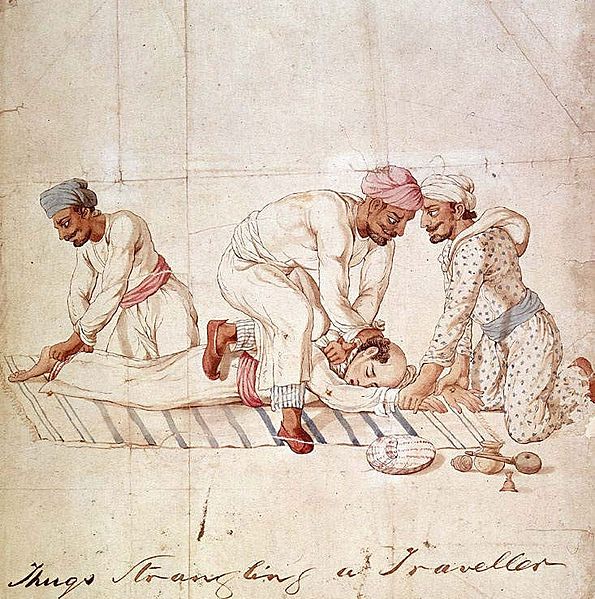The Penal Code of California forms the basis for the application of most criminal law, criminal procedure, penal institutions, and the execution of sentences, among other things, in the American state of California. It was originally enacted in 1872 as one of the original four California Codes, and has been substantially amended and revised since then. The entirety of the Penal Code is available for free.
Volumes of the Thomson West annotated version of the California Penal Code; the other popular annotated version is Deering's, which is published by LexisNexis
Murder is the unlawful killing of another human without justification or valid excuse committed with the necessary intention as defined by the law in a specific jurisdiction. This state of mind may, depending upon the jurisdiction, distinguish murder from other forms of unlawful homicide, such as manslaughter. Manslaughter is killing committed in the absence of malice, such as in the case of voluntary manslaughter brought about by reasonable provocation, or diminished capacity. Involuntary manslaughter, where it is recognized, is a killing that lacks all but the most attenuated guilty intent, recklessness.
Jereboam O. Beauchamp killing Solomon P. Sharp, an example of a murder.
Aaron Alexis holding a shotgun during his rampage
A group of Thugs strangling a traveller on a highway in the early 19th century
The Lake Bodom murders in Espoo, Finland is the most famous unsolved homicide case in Finnish criminal history. The tent is investigated immediately after the murders in 1960.





